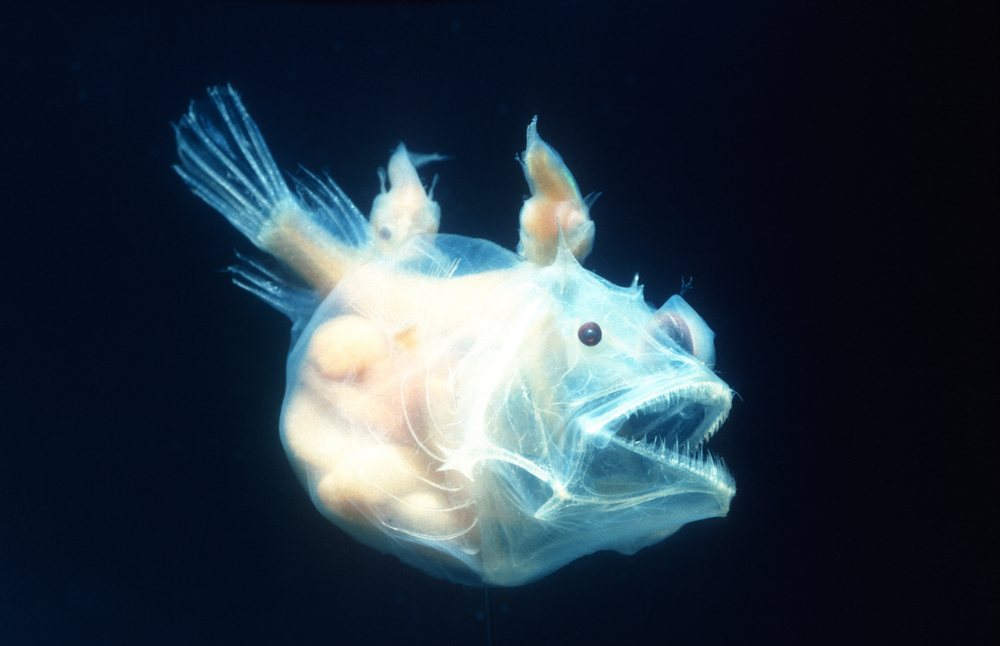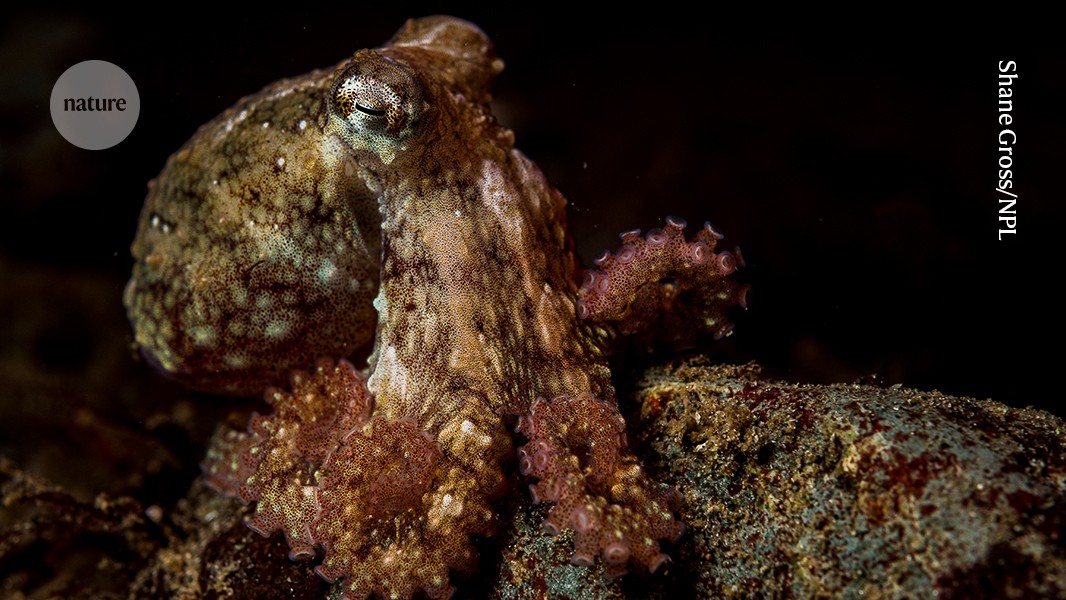
WWW.DISCOVERMAGAZINE.COM
A Strange, Deep Sea Love Story: Anglerfish Fuse Together to Mate for Life
In the unlit depths of the ocean, where food is scarce, and chance encounters are rarer still, anglerfish have evolved one of natures most bizarre mating approaches. When a male anglerfish finds a partner, he doesnt just court her he attaches to her body, sometimes fusing with her for life. This extreme adaptation, known as sexual parasitism, helps ensure reproductive success in a world where mates are few and far between. And recent research published in Current Biology has taken another step toward unraveling the secrets behind this strange mating strategy. It turns out that the evolutionary innovations that allow anglerfish to thrive in the deep ocean go beyond their peculiar courtship habits. We found that a cascade of traits, including those required for sexual parasitism, allowed anglerfishes to invade the deep sea during a period of extreme global warming when the planets oceans were in ecological upheaval, Chase Brownstein, lead author of the study and a graduate student at Yale, said in a Yale news release. Finding Love in the Deep SeaThe deep sea, also known as the bathypelagic or midnight zone, is Earths largest habitat. With no sunlight, frigid temperatures (39 degrees Fahrenheit), extreme pressures, little food, and vast distances between individuals, its also one of the most challenging places to live. For most creatures, finding a mate here is a near-impossible task.Deep-sea anglerfish (Ceratioidei), however, have adapted to this problem in extraordinary ways. Male anglerfish are tiny sometimes less than one-tenth the size of the females. And when a male encounters a female, he bites her skin and either temporarily or permanently fuses with her, forming an unmatched physical bond. Over time, his circulatory system can even merge with hers, allowing him to provide sperm on demand while receiving nutrients from her body.In some species, such as Haplophryne mollis (which Brownstein calls a particularly gnarly example), multiple males can attach to the same female at once, like living reproductive appendages. This ensures that whenever the female is ready to spawn, she has access to sperm, even in the vast emptiness of the deep sea.The Role of the Immune SystemOne of the most puzzling aspects of this mating strategy is the fusion itself. In most animals, the immune system would reject foreign tissue, making such a permanent connection impossible. But anglerfish have evolved a remarkable solution: Theyve ditched key components of their adaptive immune system. Several genes involved in vertebrate adaptive immunity, the study authors said, were lost prior to the most recent common ancestor of Certioidea. These genetic losses help prevent the females body from rejecting the male as a foreign invader, allowing the two to seamlessly merge. And while the loss of immune function might seem like it should be an overall disadvantage, anglerfish appear to compensate in ways researchers dont yet fully understand which has raised intriguing questions related to human immunology and organ transplantation.How Sexual Parasitism EvolvedSexual parasitism didnt evolve overnight. The ancestors of anglerfish dwelled on the seafloor, where they likely mated in more conventional ways. But from about 50 million years to 35 million years ago, during a period of intense global warming called the Paleocene-Eocene Thermal Maximum (PETM), anglerfish began moving into the vast open waters of the deep sea. And although researchers dont know for certain the reasons why anglerfish made this move, Brownstein says he suspects it could have been the species attempt to seek out optimal temperatures for survival. Nonetheless, this transition to the enormous midnight zone brought new challenges, including introducing vast distances between potential mates. Traits like extreme sexual dimorphism (with males shrinking and specializing in finding mates) and the loss of immune system genes allowed anglerfish to adapt to this new environment. These changes worked in synergy to enable sexual parasitism, giving them a distinct reproductive advantage in the sparse and dark waters of the deep ocean.We can't say what the cause was that pushed the anglerfishes into the deep open ocean, says Brownstein. However, we can say that their distinctive adaptation to life in the midnight zone, sexual parasitism, assembled rapidly during this ecological transition. This was possible thanks to features already present in the common ancestor of anglerfish, he said, including an extreme size difference between males and females and an easily changed adaptive immunity. What Anglerfish Can Teach UsToday, there are more than 200 species of anglerfish, a testament to their evolutionary achievement. And anglerfish also illustrate a broader principle in evolutionary biology: Major ecological transitions often drive diversification. By moving from the seafloor to the open waters of the deep sea, anglerfish opened new opportunities for adaptation and evolutionary innovation.The unique approach anglerfish also take to mating is more than just an intriguing oddity; it could offer valuable medical insights. Understanding how anglerfish achieve tissue fusion without immune rejection could lead to breakthroughs in organ transplantation. And their ability to thrive despite significant immune system losses also challenges our understanding of how vertebrates defend against disease, potentially opening new avenues for biomedical research.Having comparative models to understand the evolution and lability of adaptive immunity is always helpful, Brownstein says, not only because it expands our view of the system, but also because it can reveal how the system has been 'broken' in evolutionary time.Article SourcesOur writers at Discovermagazine.com use peer-reviewed studies and high-quality sources for our articles, and our editors review for scientific accuracy and editorial standards. Review the sources used below for this article:Britannica. Sexual parasitismBritannica. Paleocene-Eocene Thermal MaximumMonterey Bay Aquarium. Deep-sea anglerfishNational Library of Medicine. Ecological opportunity and the adaptive diversification of lineages
0 Commenti
0 condivisioni
150 Views










